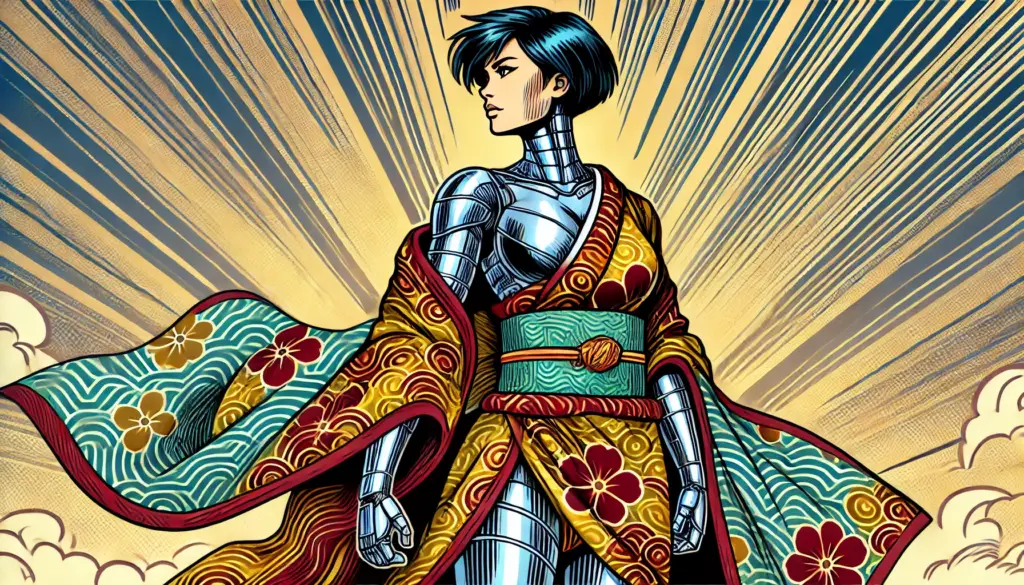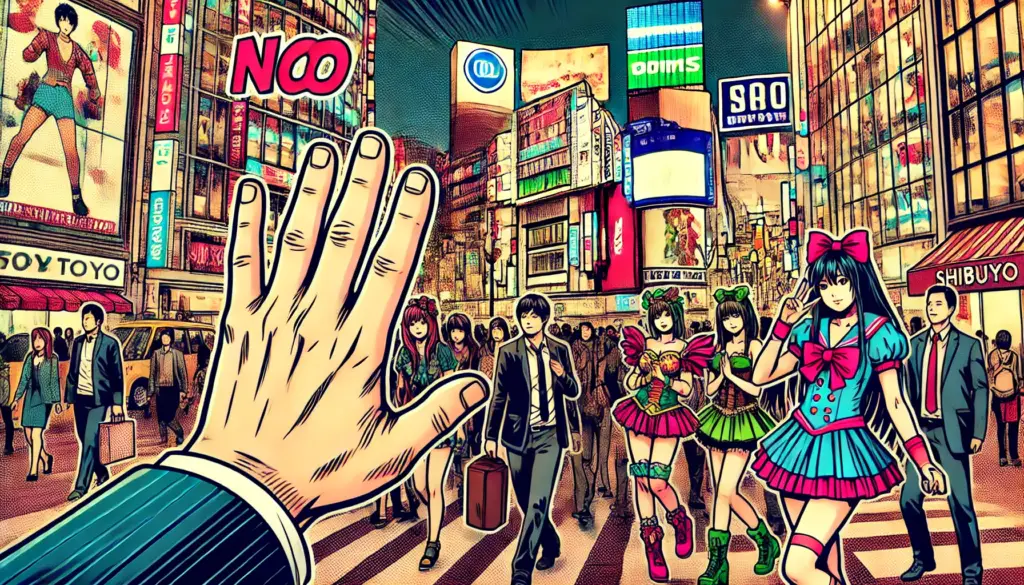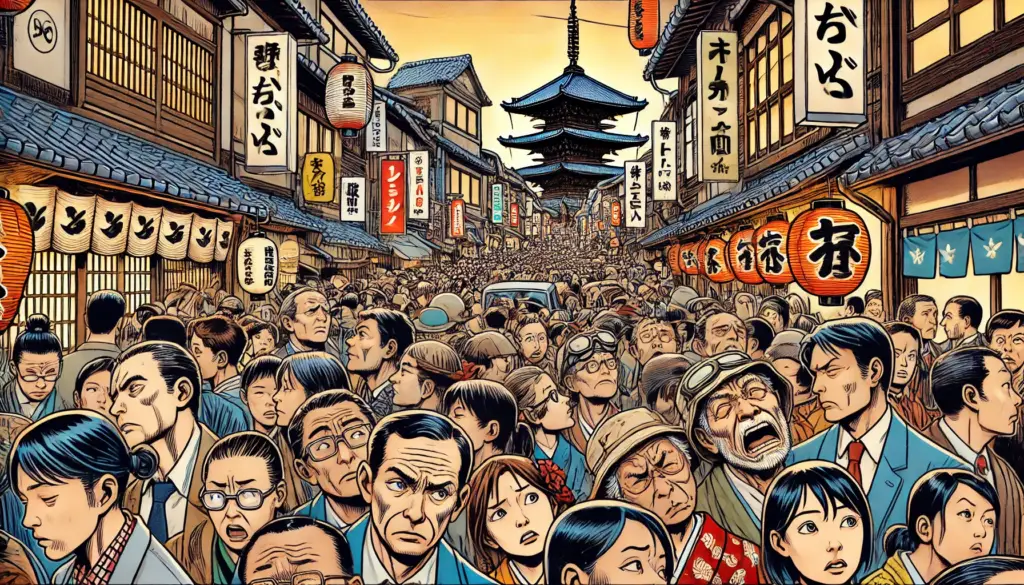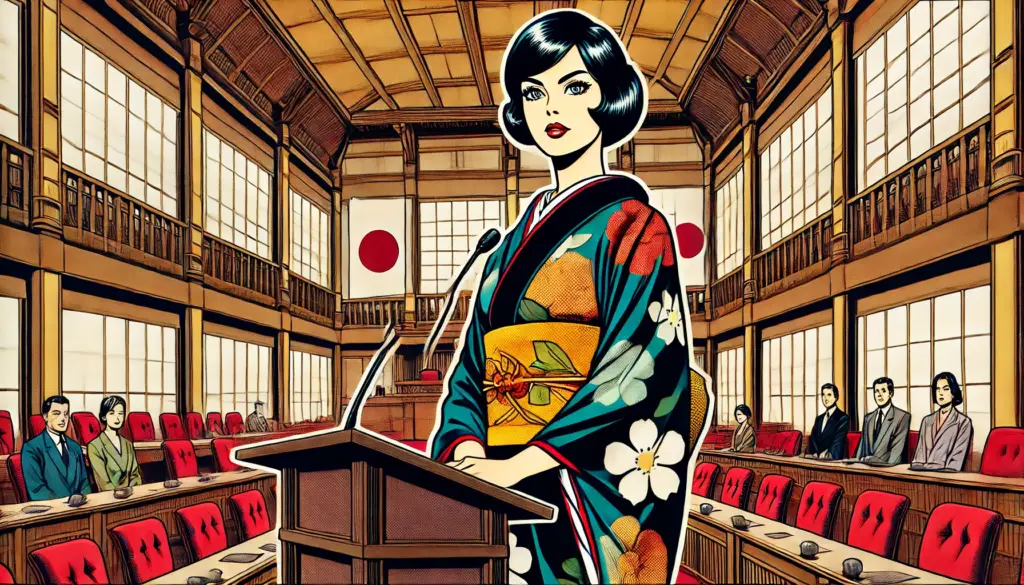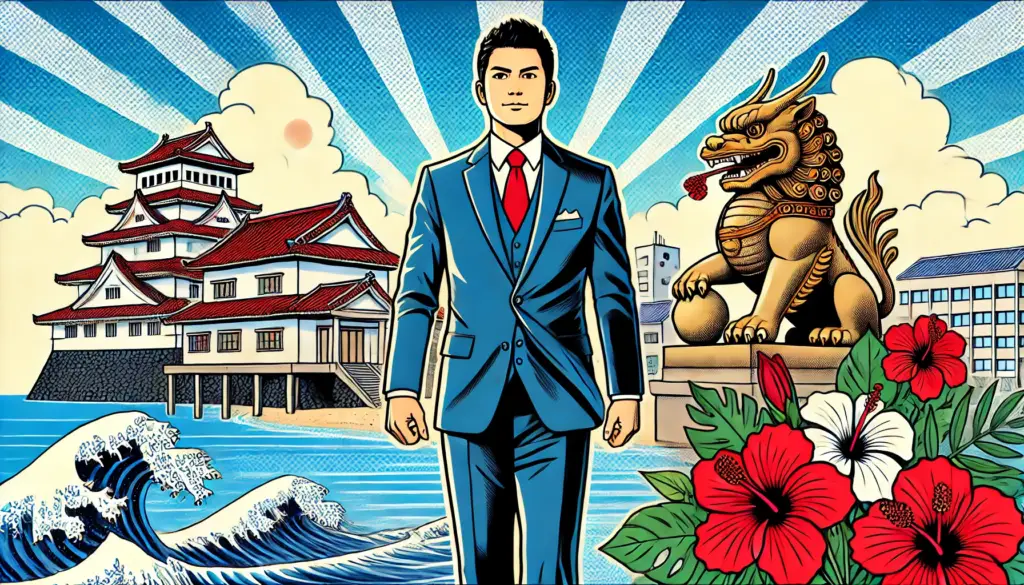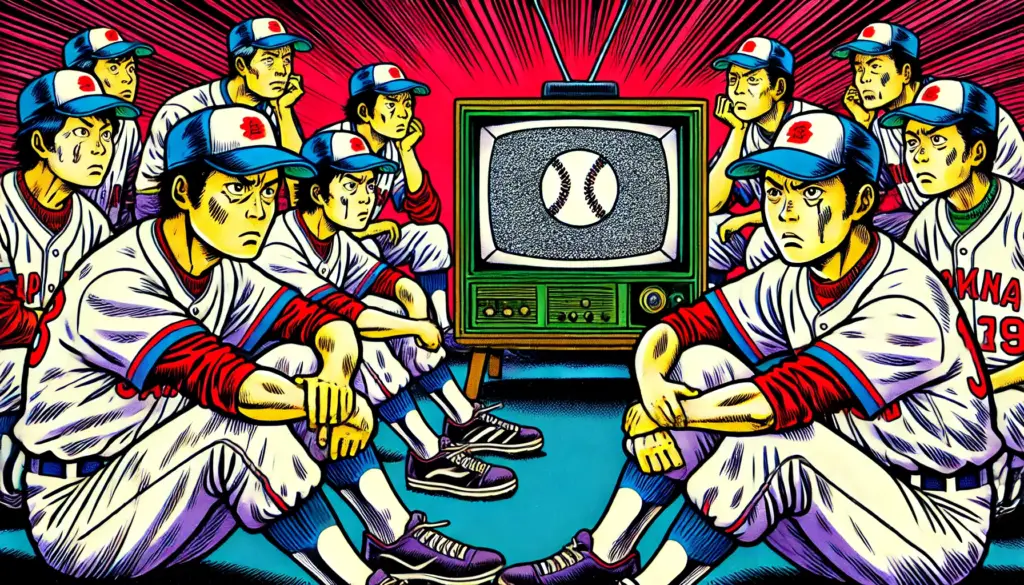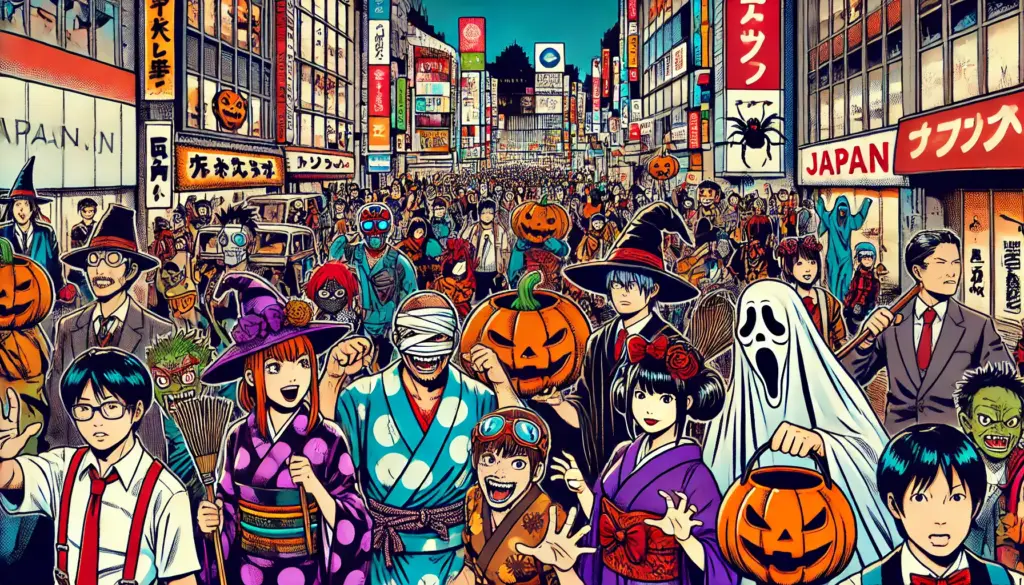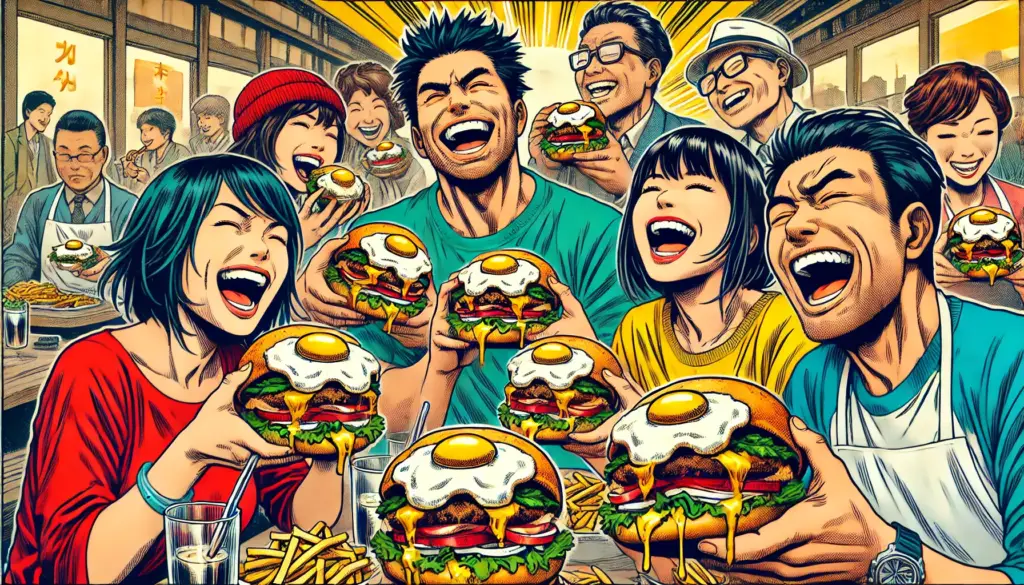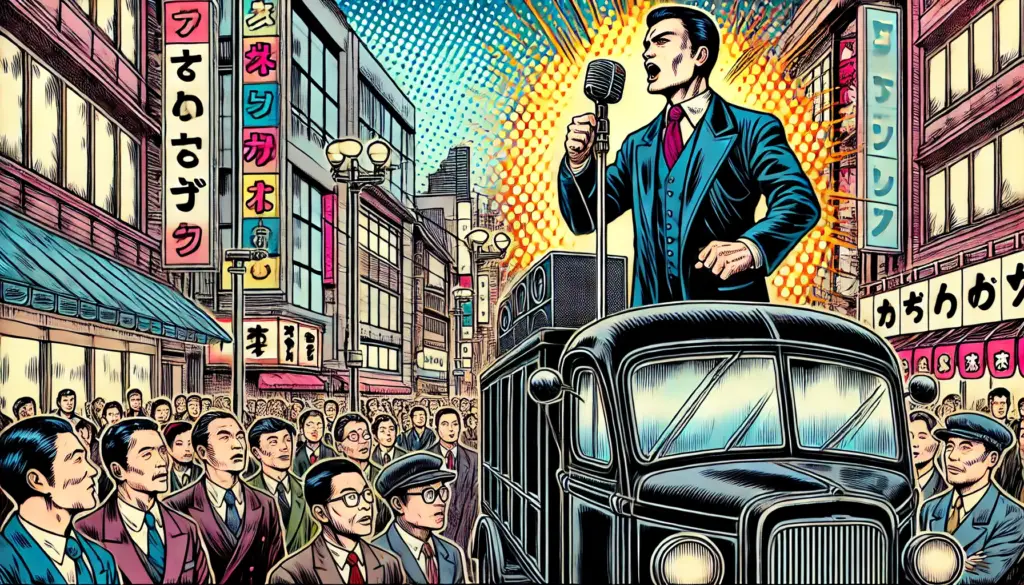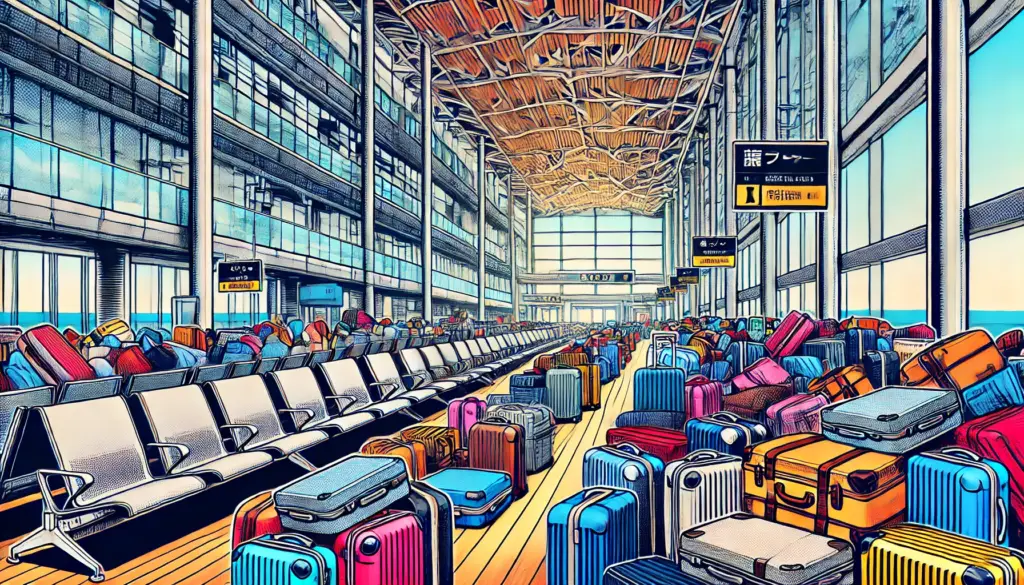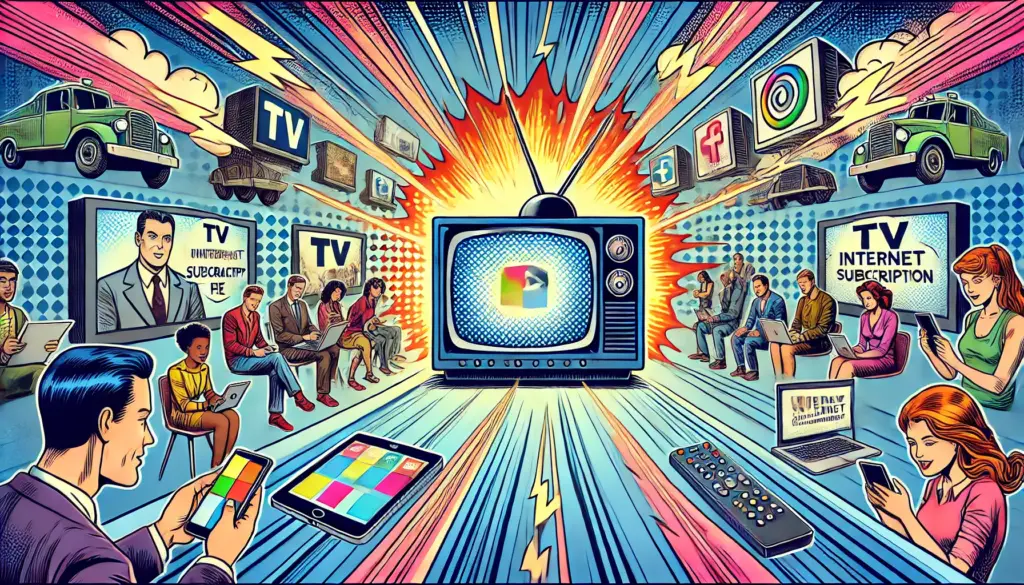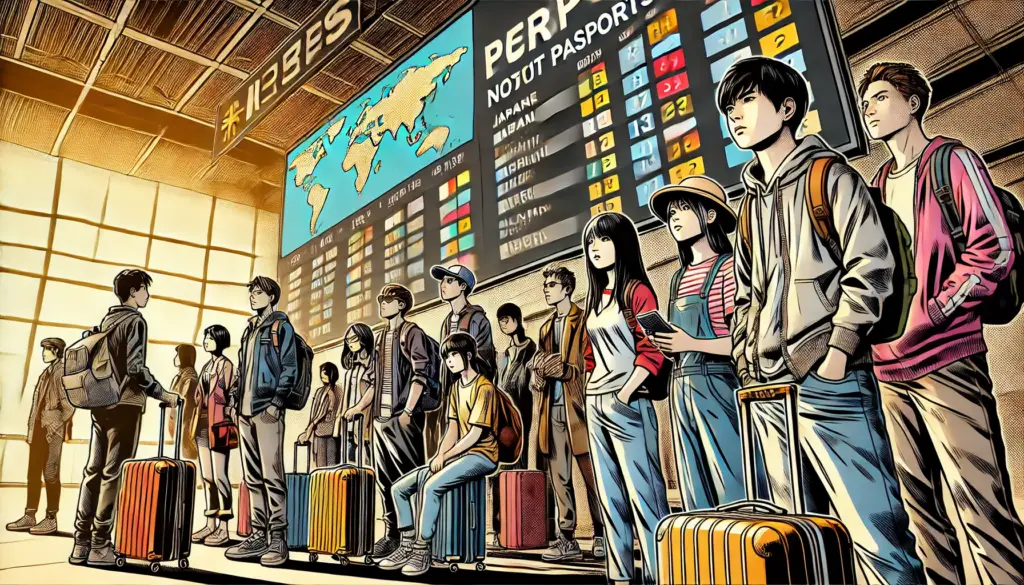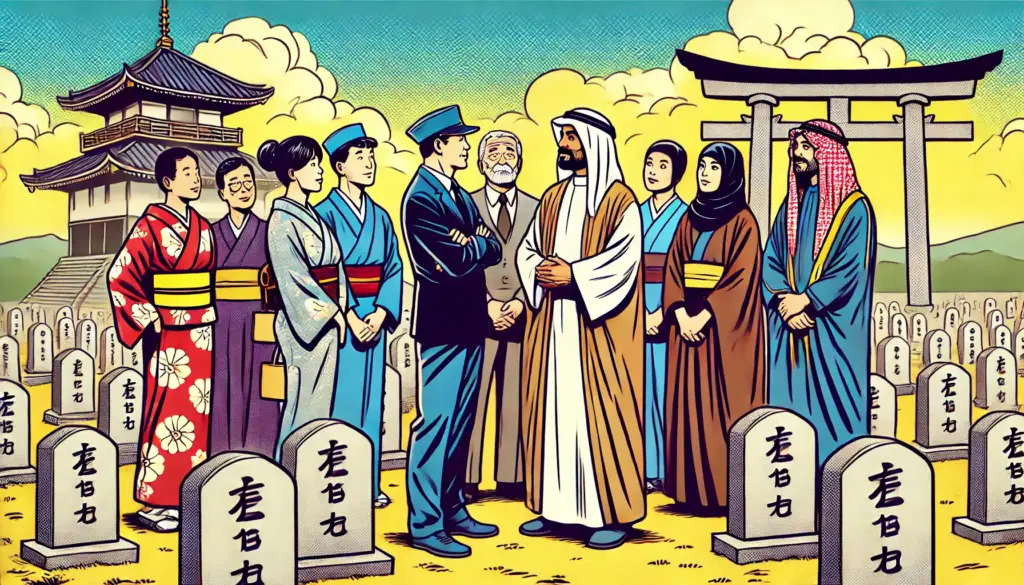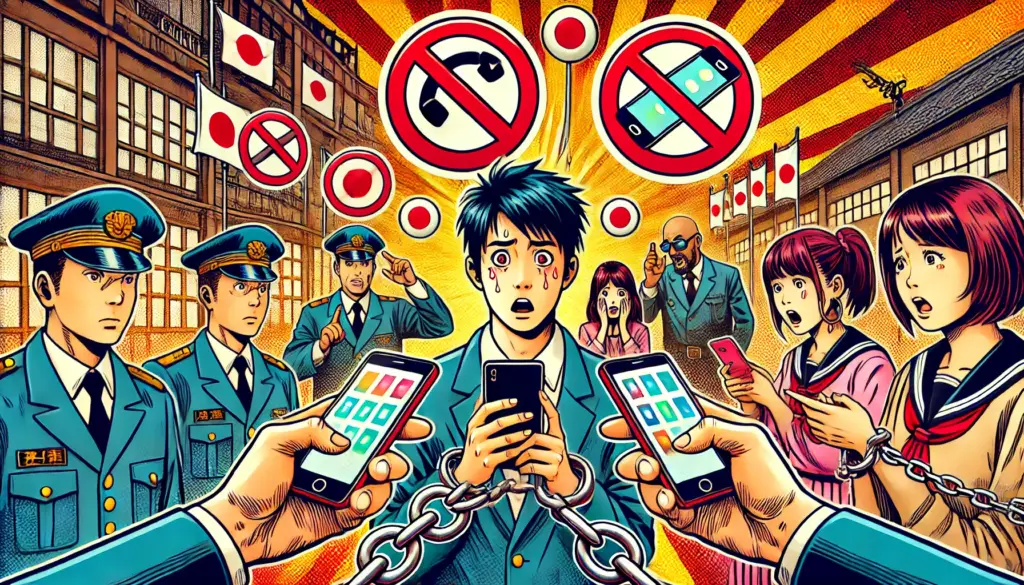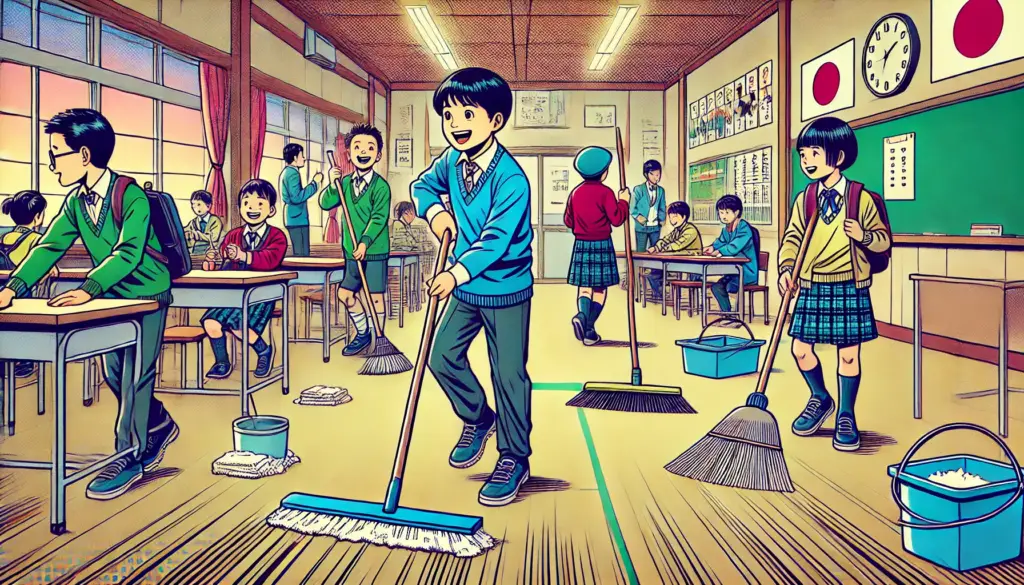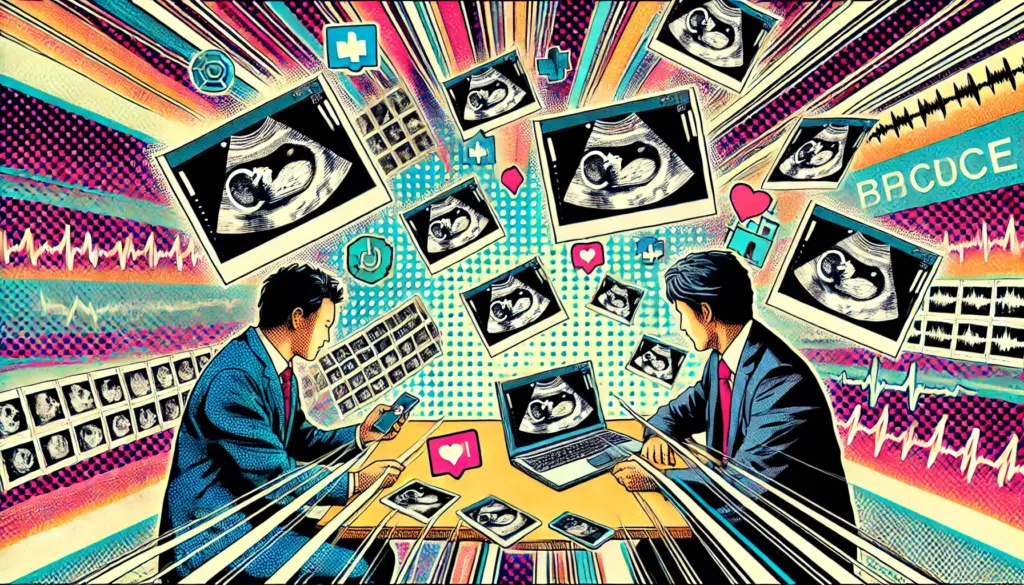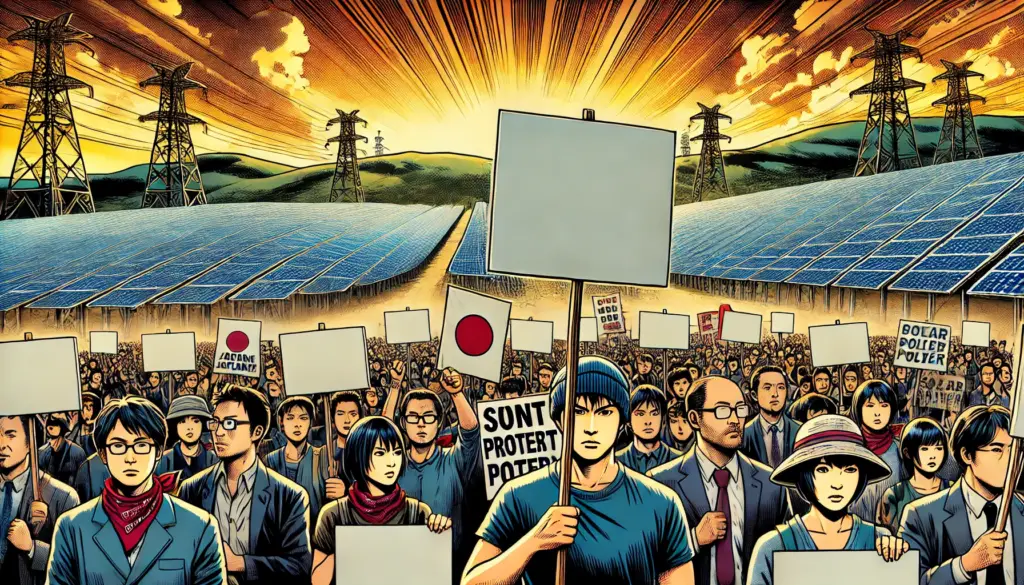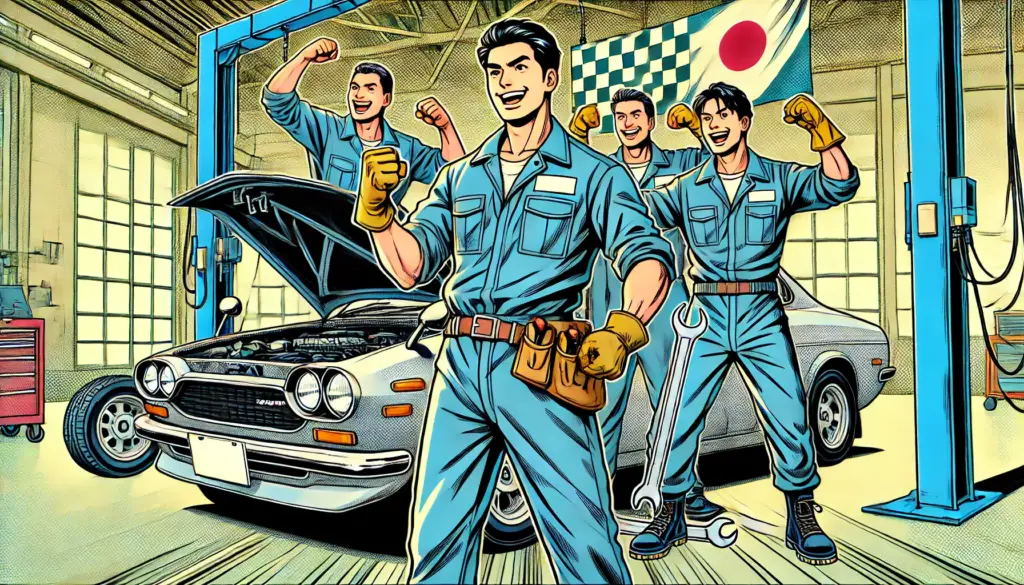
In a dramatic turn of events, Japan has narrowly dodged a potentially devastating 25% tariff on its auto exports to the United States. After months of tense negotiations, a breakthrough was reached on July 22 (Japan time: July 23), just one week before the Trump administration’s tariffs were set to take effect. The new agreement capped mutual tariffs at 15%, avoiding the worst-case scenario that had haunted Japan’s export-driven economy—particularly the automotive sector.
And the reaction? A full-blown festival on the Tokyo Stock Exchange.
The Art of the Deal — Japanese Style 🇯🇵🤝🇺🇸
Economic Revitalization Minister Akazawa traveled to Washington, where he sat across from President Trump in a high-stakes, last-minute negotiation inside the White House. Accompanied by key U.S. officials such as Treasury Secretary Bessent and Secretary of State Rubio, Trump reportedly demanded concessions for each percentage-point reduction in tariffs: more rice imports, increased investment in semiconductors, and support for U.S.-friendly supply chains.
But Akazawa didn’t fold.
Instead, he skillfully navigated the demands with a firm, strategic playbook. After 70 minutes of verbal sparring, Trump stood up, shook his hand, and declared, “Deal.” It was a win that surprised many, especially considering Trump had floated tariff hikes as high as 35% just days earlier on social media, accusing Japan of being “spoiled” and “tough.”
“Cars Are Our Nation”
Since talks began in April, Akazawa had made it clear: Japan’s cars are its economic lifeblood. When Trump thundered that “steel is a national security issue,” Akazawa countered, “For Japan, cars are our nation.”
Facing resistance, Japan smartly shifted its goal from full cancellation to tariff reduction. Negotiators learned from past wounds—such as the bitter “voluntary export restraints” on autos during the 1970s and ’80s—and avoided a repeat. Unlike the UK, which recently accepted a 10% tariff with a 100,000-unit cap in its U.S. trade deal, Japan dodged any quota. Flexibility in approach, paired with technical presentations and quiet diplomacy behind the scenes, eventually wore down Washington’s resolve.
By mid-June, Prime Minister Ishiba reportedly told aides the talks were “90% done.” Still, no one exhaled until Trump’s handshake.
Tokyo Market Fireworks 🎆📈
Investors wasted no time reacting. On the morning of July 23, news of the tariff deal triggered a risk-on frenzy. Auto tariffs were set at 15%—far below the dreaded 25%—and the mood was euphoric.
The Nikkei surged nearly 1,400 points, blasting past the 41,000 mark and smashing its previous year-to-date high from June. Volume exploded past ¥7 trillion, and over 85% of stocks in the Prime Market closed higher.
🚗 Toyota (7203): up 14% with over ¥500 billion in trades
🚙 Mazda (7261): limit-up, top performer of the day
🚘 Subaru (7270): up more than 16%, second-best gainer
💼 SoftBank Group (9984): strong rally
🏦 MUFG (8306) & other megabanks: sharply higher
🧥 Fast Retailing (9983), 🖥️ Keyence (6861), 🎮 Sony (6758), and 🤖 Fanuc (6954): all gained significantly
🌲 Sumitomo Forestry (1911): saw a volume-backed surge
The gains were supercharged by speculation that Prime Minister Ishiba may step down in August following the upper house election review, possibly paving the way for fiscal stimulus and political stability.
What Comes Next for Japan’s Auto Titans?
This diplomatic win offers a lifeline to Japan’s carmakers, who have long faced mounting pressure from EV competition, global regulatory shifts, and rising production costs. With the immediate tariff threat lifted, companies like Toyota, Mazda, and Subaru can refocus on innovation, U.S. expansion, and supply chain resilience.
But challenges remain. Tariffs may have dropped, but the game has changed. Washington is demanding more investment in American soil. Japan’s automakers must now carefully balance appeasing U.S. policymakers, adapting to a rapidly electrifying market, and maintaining profitability—all under intense global scrutiny.
Final Thoughts 🧠
What just happened was more than a tariff cut. It was a geopolitical dance—one that showcased Japan’s ability to stay calm under pressure, adapt its strategy, and ultimately protect its core industries. The market’s celebration may be temporary, but it signals a collective sigh of relief—and a hopeful glance toward a more stable economic future.
Whether Japan’s auto industry will truly rebound depends not only on Trump’s next tweet—but on how companies reinvent themselves in an era where technology, trade, and politics are all shifting gears.


